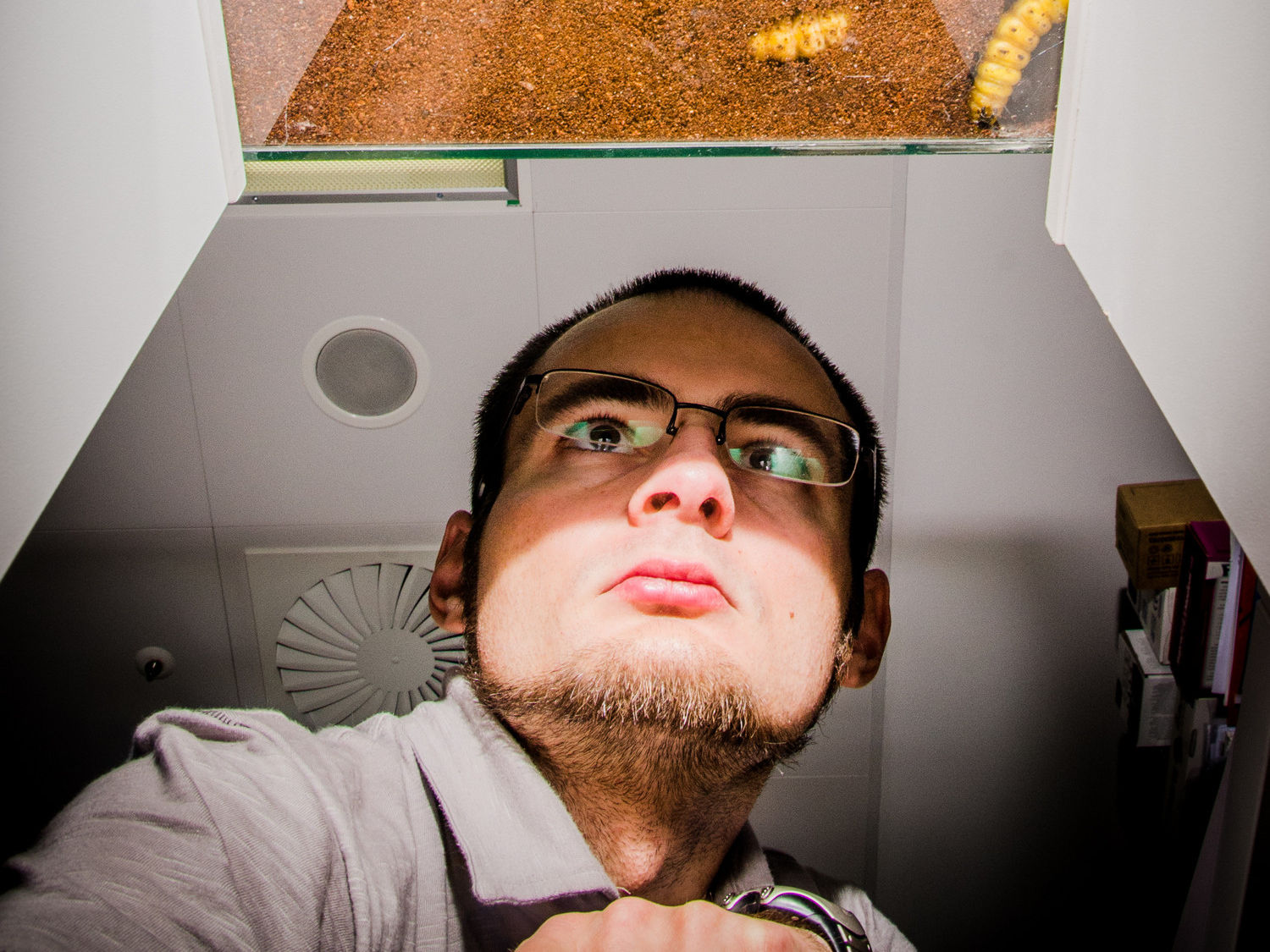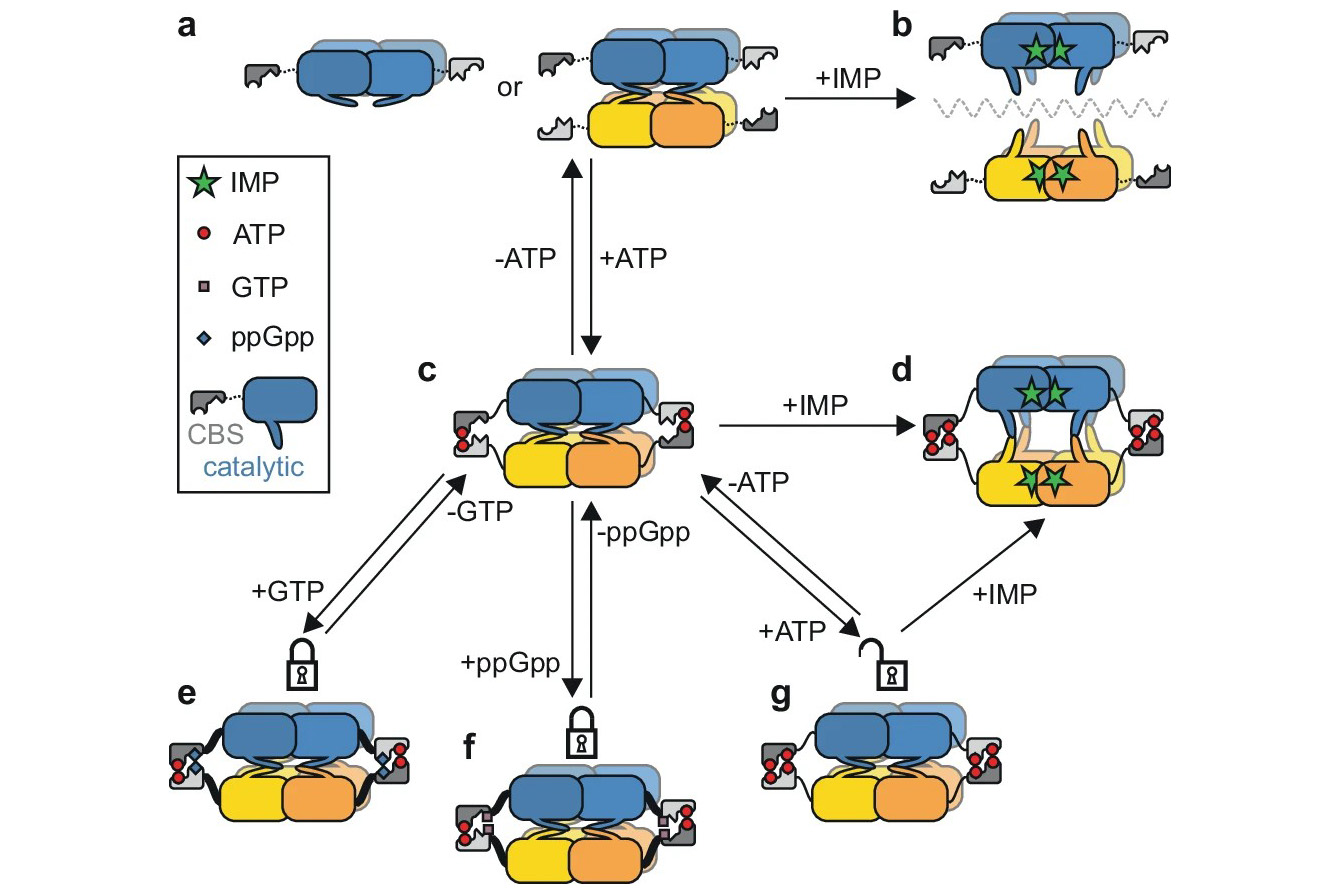
Aleš Buček works in Iva Pichová group at IOCB Prague. He studies the biosynthesis of insect pheromones with the aim of revealing the molecular basis of the evolution of insect communication.
Under Iva Pichová’s supervision, Aleš Buček continued research started by Petra Matoušková, which eventually became an inspiration of the latest National Theatre play Press Space to Continue written by René Levínský and directed by Jan Frič.
What was your original research about
Our long-term goal is to study the chemical "insect language" – pheromones. The insect produces pheromones to communicate with individuals of the same species. To be able to investigate pheromone communication principles in-depth, we have focused on several insect species and a class of the so-called sex pheromones – substances produced by male or female to attract a sexual partner. In the research project, which I have been working on during my doctoral studies in the group of Dr. Iva Pichová in collaboration with Dr. Aleš Svatoš from the Max Planck Institute for Chemical Ecology in Jena, and which served as one of the many pieces of inspiration for the play "Press Space to Continue", we aimed to understand how novel pheromone components can emerge.

We used the Tobacco hornworm moth (Manduca sexta) as a convenient research model because the female pheromone mixture contains a group of unique compounds, aldehydes derived from fatty acids with the system of three conjugated double bonds, which are not present in any related moth species.
We asked the question of how could these substances in the pheromone mixture of the Tobacco hornworm emerge. During research lasting several years we have identified a gene for fatty acyl desaturase, that is responsible for the production of the unique compounds. We were surprised to find out that sequence of this desaturase is almost identical to another desaturase which was known to play a key role in the production of additional pheromone components which occur besides the Tobacco hornworm also in other moth species.[1] By several rounds of mutations of both genes, we discovered that replacement of a single amino acid residue in these desaturases causes a dramatic change in their enzymatic specificity and they gained or lost the ability to produce the unique triunsaturated pheromone components. Our findings thus show on the genetic level that a change of pheromone composition can be a strikingly “easy” evolutionary event.[2]
What do you say to the fact that your research has become an inspiration for a theatre play?
When Jan Tošovský, dramaturge of the National Theatre drama, approached me for the first time with the information that he is working on a play inspired by our research, I could not imagine the resulting play. At that time, our work had been already published for six months in a quite prestigious scientific journal. No need to mention that we have not expected this type of response – the work was already cited by other scientists in insect pheromone research, but a theatre play referring to our work as one of the inspirations was quite an unusual outcome of the project. One more reason to be curious about it.
How do you like it?
When I attended its first reading rehearsal, which took place at IOCB with actors, dramaturge, director and author of the play, it was quite a strong experience for me. I felt a sci-fi mosaic arisen from the interweaving of different sources of information from the current development in science, where science was present more like background scenery. And within this mosaic, there was information derived from our research, or rather pieces of it. I felt a strange familiarity with the play because some of these pieces of information I presented many times at scientific seminars and conferences or formulated them when preparing a manuscript. I wish the audience would enjoy the play at least as much as I did.
- [1] Matoušková P., Pichová I., and Svatoš A. Functional characterization of a desaturase from the tobacco hornworm moth (Manduca sexta) with bifunctional Z11- and 10,12-desaturase activity. Insect Biochemistry and Molecular Biology 37 (6): 601–610, 2007.
- [2] Buček A., Matoušková P., Vogel H., Šebesta P., Jahn U., Weißflog J., Svatoš A., and Pichová I. Evolution of moth sex pheromone composition by a single amino acid substitution in a fatty acid desaturase. Proceedings of the National Academy of Sciences 112 (41): 12586–12591, 2015.






